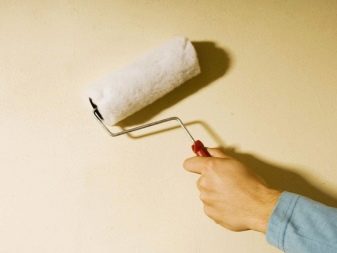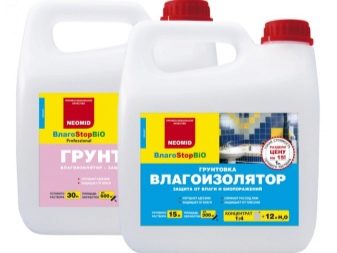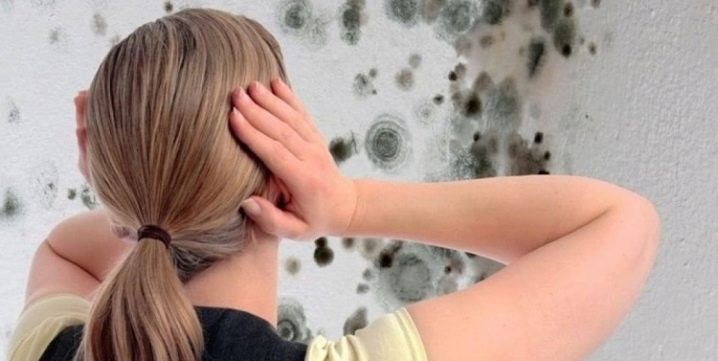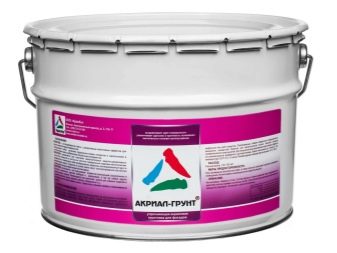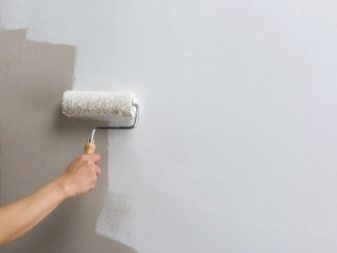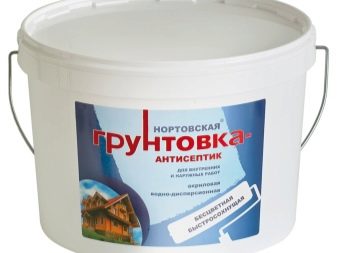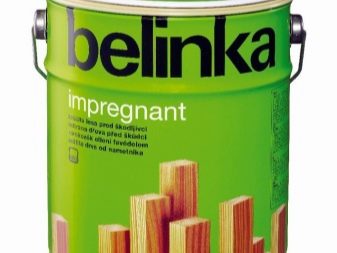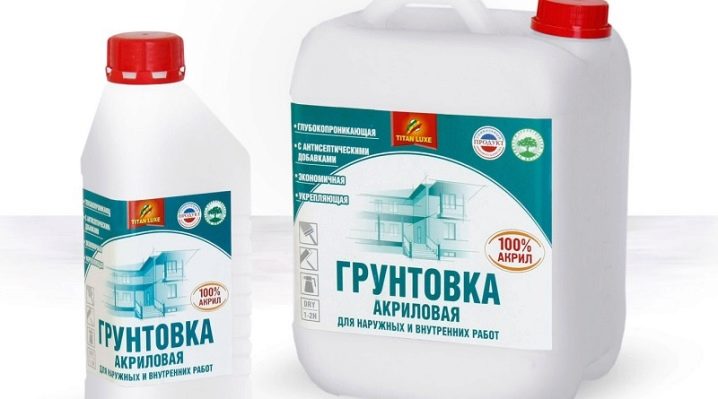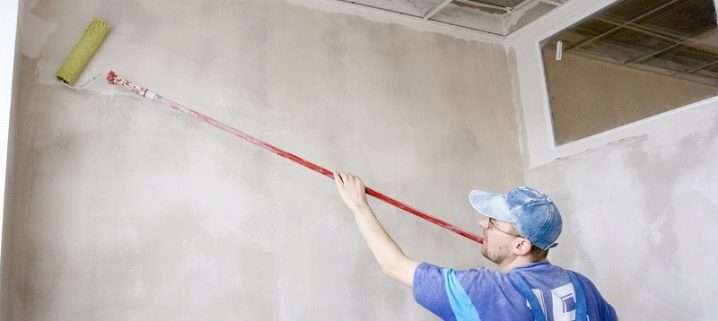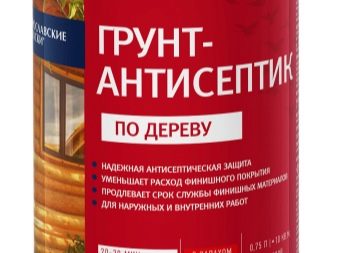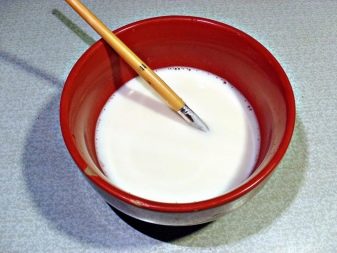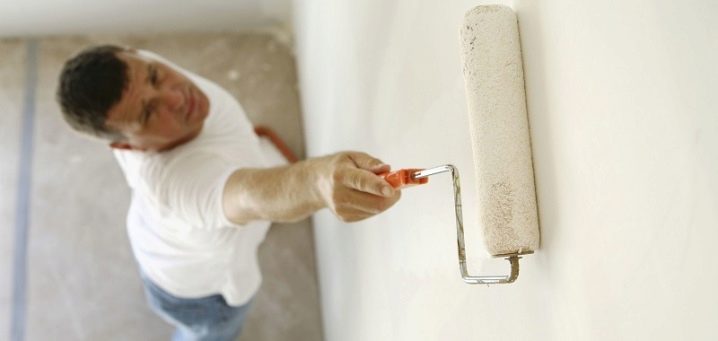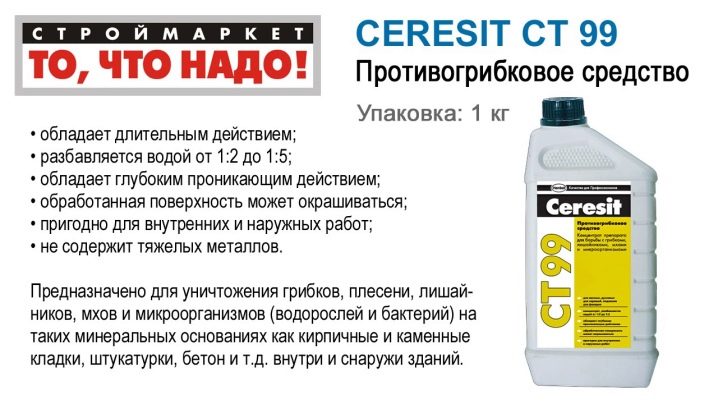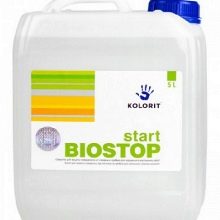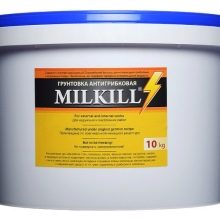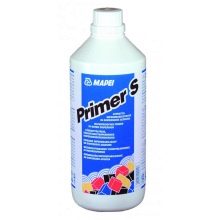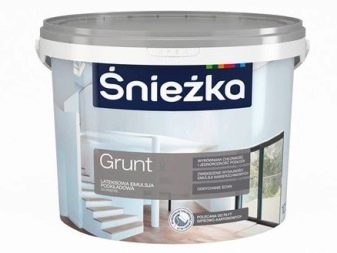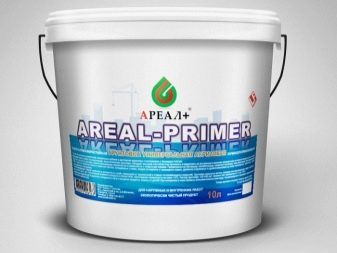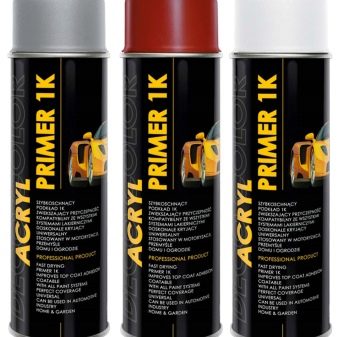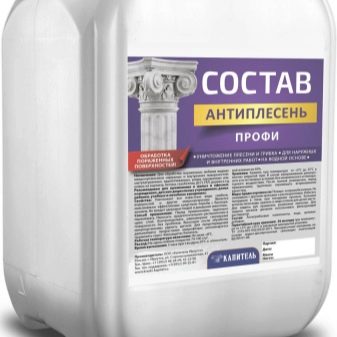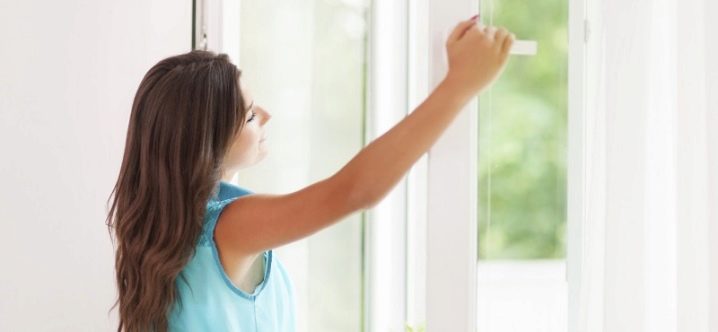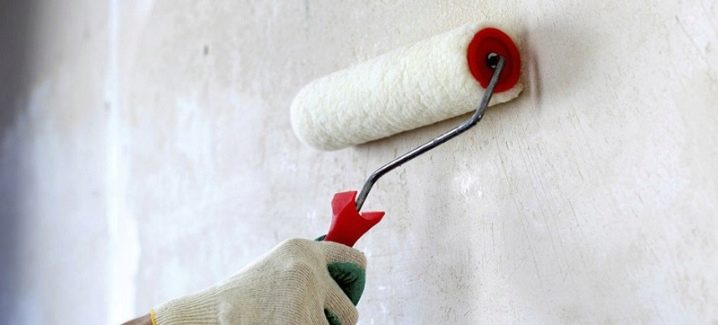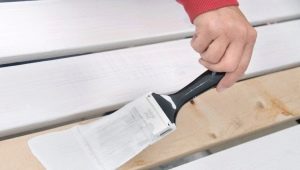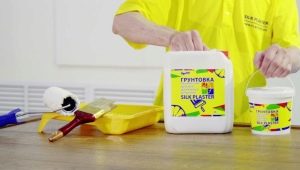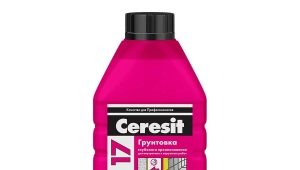Anti-fungal primers: options and purpose
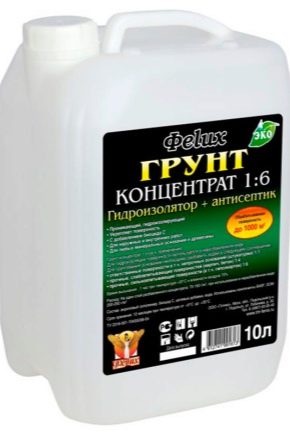
Mold is a living organism that can produce substances that are harmful to human health. In favorable conditions, its spores grow quickly enough, gradually spreading over the entire accessible surface. Living in such an apartment is extremely dangerous: immunity suffers and allergic reactions can become more frequent.
A simple way to protect yourself from such problems is to carry out prevention of the spread of harmful microorganisms in a timely manner. The affected walls or ceiling in these cases are treated with special anti-fungal primers.
Causes of
Why is there mold in some apartments and not in others? The answer is simple - disputes can be in the air around, but getting into a favorable environment,they settle on surfaces and begin to multiply. There are a number of reasons why a fungus can appear in any home:
- poor room ventilation;
- high level of air humidity (which is why the main places of mold damage are the walls of kitchens and bathrooms);
- water or sewer leakage;
- rise of capillary moisture from the foundation up the walls;
- freezing of walls in the cold season;
- insufficient waterproofing of the room, as a result of which moisture begins to accumulate on the surfaces;
- roof leakage.
Experts say that you can even provoke the appearance of mold by breeding ornamental home plants. The most "favorite" place of its habitat are the corners of rooms, and also it often accumulates on the surface of facade walls and ceilings. To date, almost all construction materials are prone to mold infection, which is subsequently extremely difficult to remove.
Methods of struggle
Even if you have recently made expensive repairs, new mold stains may appear in a rather short period. First notice a sharp unpleasant smell in the room,and mold stains appear only after some time. The structure of the fungus is soft and loose, it is easy to scrape or brush off with a metal brush. However, this will only help get rid of ugly spots, but will not solve the problem.
To achieve a successful result, it is recommended to conduct a whole range of works:
- Stains of the fungus must be cleaned from surfaces.
- Treat affected areas with antifungal primer.
- If possible, you need to get rid of the elements where to remove the mold did not work.
- It is necessary to ventilate the room and adjust the humidity level inside the room.
Types of antiseptics
Primer is normal and antifungal. The first is aimed at preventing the occurrence of mold, and the second is used to destroy fungal growths. In addition, antiseptics with antifungal additives have a longer effect and penetrate deep into the surface. The presence of fungicides in their composition prevents the appearance of new microorganisms. In addition to the fact that these agents remove the fungus, they are characterized by excellent antiseptic and antibacterial properties.
Antiseptics are:
- water soluble;
- combined (in the form of a concentrate);
- oil;
- based on organic solvents.
There is also a difference in primer compositions. Consider the differences of each species separately.
Acrylic based
In their composition are acrylic resins, which contribute to improving the adhesion of the material. They are considered among the most harmless, do not contain any hazardous substances and dry in a short period of time. Suitable for walls and ceilings in bathrooms, kitchens, pools, basements and facades.
Based on quartz
The base of this primer is sand, so after applying the layer turns out to be slightly rough, thereby increasing the adhesion of materials. This solution is applied immediately before painting or applying decorative plaster.
Mineral
The mineral primer contains gypsum and cement. It is best suited for application to brick and concrete surfaces. It is applied only after the walls have been plastered and covered with silicate materials.
Mineral primer is also completely harmless to the human body., as it contains natural substances. Differs in fast drying - about 2 hours.
Alkyd
This primer is used for the treatment of wooden surfaces. Promotes long-term preservation of wood and prevents the growth of the fungus. There are varieties of alkyd compounds for steel, glass and tile surfaces. You should know that such solutions are not suitable for application to plastered floors and walls of plasterboard. It takes about 12 hours to dry completely.
Before you buy this or that tool you should read the instructions., because some of them are aimed only at the prevention of fungus and are not designed for the complete elimination of bacteria. Also, when choosing, you should consider the material on which it will be applied.
To achieve maximum results, you need to select a solution for a specific type of surface.
It is possible to use a primer for the following materials:
- concrete;
- tree;
- brick;
- putty;
- drywall;
- gypsum plaster;
- expanded polystyrene;
- cement plaster.
Range
Today, the building materials market offers a wide range of primers designed to combat fungus, moss and mold.
- One of the most popular solutions is concentrate. Ceresit CT99. It does not emit odor and harmful substances, besides it is absolutely safe for the human body. It is suitable for applying to the internal and external surfaces of a building, carrying out preventive measures and direct removal of stains.
The maximum effect is achieved when used on porous surfaces (concrete, brick). The concentrate is recommended to be used in diluted form, observing the proportion of 1: 2 or 1: 5, based on the condition of the affected areas.
- No less effective is a primer-antiseptic Biostop. It is used for the prevention of cold walls of brick, concrete and other building materials with a porous structure. Apply the product to a pre-dried and degreased surface. Penetrating deep into the walls, the solution blocks the further reproduction of the spores of the fungus.
- Many consumers speak well of primer Milkill, which prevents the formation of new mold areas.It is applied in two layers, it takes from 24 to 48 hours to dry. This composition helps to increase the adhesion of the walls, thereby preventing the penetration of moisture into the material. Suitable for the prevention and elimination of fungal formations.
- Positive feedback received and primer Mapei, used for interior and exterior walls. She, like the previous material, has preventive properties and is a rather effective tool against overgrown moss.
- Primer Sniezka very popular with professional builders. She is chosen for getting a quick result and a lasting effect. It can protect against spores of mold, fungus, lichen, yeast, and even algae. Before applying the composition is diluted with water.
- Often on the shelves can be found insulating primer Elegant 296. It can be used on any surfaces and well protects the substrate from moisture penetration. It has excellent coloring properties: it is able to paint over even strong black spots.
- Acrylic Primer "Area-example" It is produced on the basis of effective fungicides, thanks to which it is not easy to eliminate harmful microorganisms, but also blocks their re-formation.In addition, it has antiseptic properties and can be used to strengthen the outer layer of the walls.
- Among the analog products can be identified another acrylic primer - Acryl grundierung. It forms a protective layer, blocking the absorption of moisture into the surface of walls and floors. Its popularity is ensured by affordable price and high quality.
- One of the effective domestic means - "Anti-mold". It is an antifungal concentrate that is suitable for processing the interior walls and facades of buildings. It removes well all organic formations: moss, mold, fungus, shoots, algae, blue.
Experts recommend using the tool at all stages of construction. The product is environmentally safe, odorless, does not change the decorative properties of the material to which it was applied.
Application tips
Regardless of which primer you choose, it should be applied directly to the affected areas. Knowing some of the nuances of using compounds against the fungus, it will be easier to achieve a positive result.
- Apply primer to pre-cleaned and dried wall. It is possible to wash off a mold by means of "Whiteness" diluted with water. Even if there are no stains on the surface, this does not mean that you got rid of them. For more effective removal, you can walk around the site with a building dryer or a blowtorch.
- It is necessary to ventilate the room. In the bathroom you can use a fan or a convector. In other rooms windows open wide, creating a draft.
- Before applying the antifungal surface can not be treated with a conventional primer. They form a film, thereby blocking the penetration of antifungal compounds into the walls. In this case, their application will be meaningless.
- It is necessary to carry out the treatment in dry rooms, preferably in the warm season.
- Apply the primer with a brush, roller or spray. Use of a brush with a natural bristle will be the most effective - it will allow to put structure even in hard-to-reach spots.
- During the use of antifungal agents must comply with safety measures. All work is carried out in protective clothing, respirator and rubber gloves.
For information on how to treat walls with mildew protection, see the following video.
